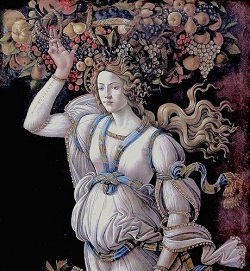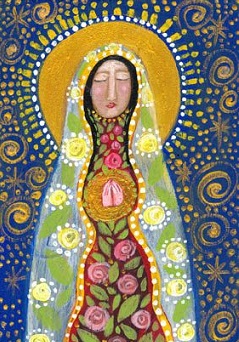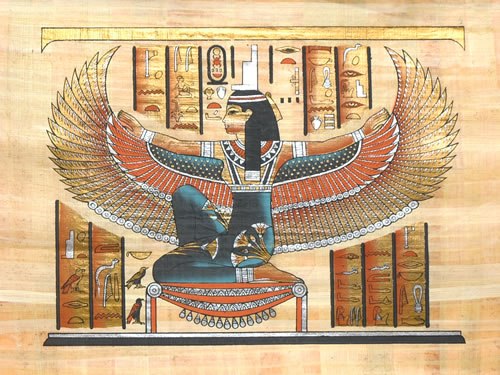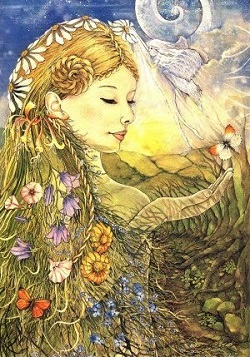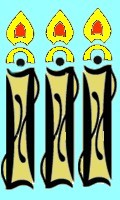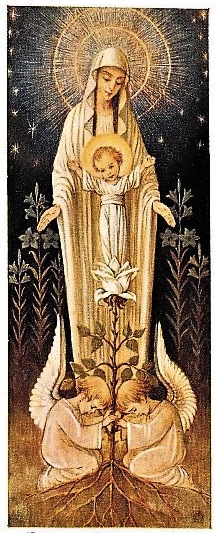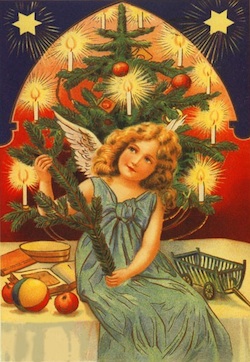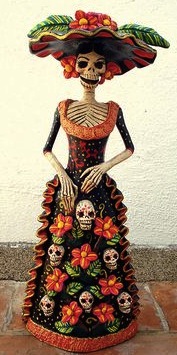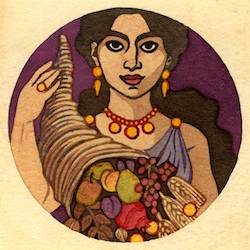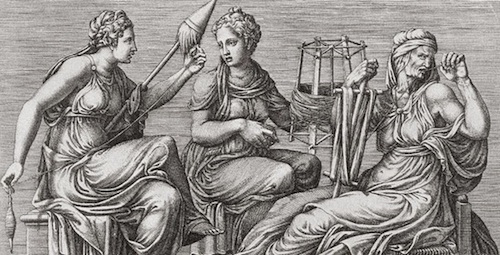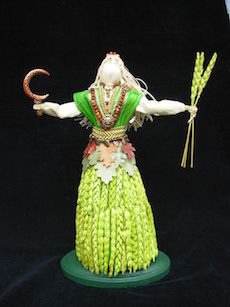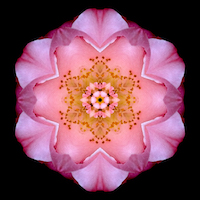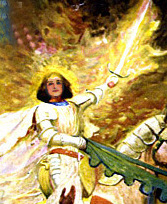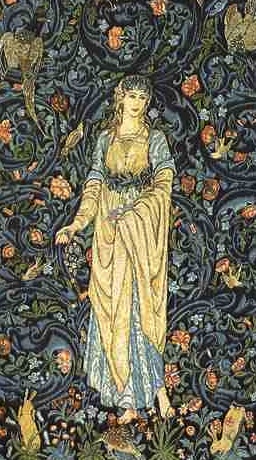 Tamala, the culmination of the Mysteries of Life season, is a three-day fire festival known as the Feast of the Dead.
The three Fates are closely associated with the season, and at Tamala the central Fate is she who cuts the thread. This may refer to human death, to the collapse of a civilization or to the eventual end of the universe itself. All these events are circular, for maids die and are reborn, civilizations rise, fall and rise again, and even the universe, after the night of time, shall be re-manifested.
Read about the inner meaning of Tamala
Tamala, the culmination of the Mysteries of Life season, is a three-day fire festival known as the Feast of the Dead.
The three Fates are closely associated with the season, and at Tamala the central Fate is she who cuts the thread. This may refer to human death, to the collapse of a civilization or to the eventual end of the universe itself. All these events are circular, for maids die and are reborn, civilizations rise, fall and rise again, and even the universe, after the night of time, shall be re-manifested.
Read about the inner meaning of Tamala Tamala and the cutting of the thread
 Tamala, the culmination of the Mysteries of Life season, is a three-day fire festival known as the Feast of the Dead.
The three Fates are closely associated with the season, and at Tamala the central Fate is she who cuts the thread. This may refer to human death, to the collapse of a civilization or to the eventual end of the universe itself. All these events are circular, for maids die and are reborn, civilizations rise, fall and rise again, and even the universe, after the night of time, shall be re-manifested.
Read about the inner meaning of Tamala
Tamala, the culmination of the Mysteries of Life season, is a three-day fire festival known as the Feast of the Dead.
The three Fates are closely associated with the season, and at Tamala the central Fate is she who cuts the thread. This may refer to human death, to the collapse of a civilization or to the eventual end of the universe itself. All these events are circular, for maids die and are reborn, civilizations rise, fall and rise again, and even the universe, after the night of time, shall be re-manifested.
Read about the inner meaning of Tamala 

